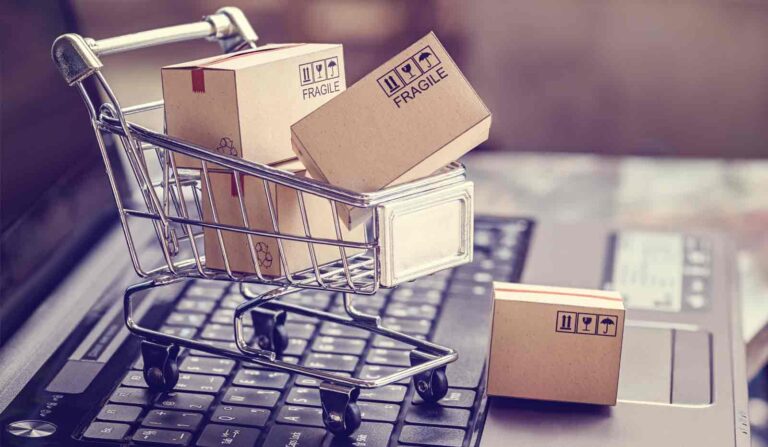From one standpoint, the future of brick-and-mortar stores is unsettled: some of the UK’s best-loved high street retailers have closed their doors or downscaled dramatically. It is unnerving stuff, but on the other hand, 90% of retail purchases made in the U.S., in the last quarter of 2018, were made in-person and in-store, which can be explained by the simple idea that physical retailers offer a tangible experience that online shopping cannot match. Fear not – it is for this reason that brick-and-mortars are said to be experiencing something of a renaissance, which might just put the brakes on the ‘Amazon effect’, for the time being.
When considering this apparent re-(re)-shuffle in consumer behaviour, it is important to weigh up both the advantages of the physical customer experience, as well as the creases in Jeff Bezos’ otherwise well-ironed online solution. For one, it is this buzzword – ‘experience’ – that defines the disparity between making a purchase on an LCD screen and a physical store that has been designed with customer satisfaction and engagement as a priority. The tangible excitement and visualisation that consumers can only enjoy in-store is priceless as an engagement tool, not to mention the fact that innovative and absorbing store design has become an art form in itself.
As a perfectly niche example, Casper, whose USP is selling online-only mattresses, were forced to partner up with Target in 2017, in order for consumers to actually touch, feel, and appreciate the quality of their product. In a market such as this specific example, in which sales are definitively reliant on experiencing and physically testing comfort, it is hard to imagine a time when online sales will surpass those in store.
You’d be forgiven for assuming that this surge in physical retail has been driven by older demographics, rather than the ‘Instagram generation’, but in-store shoppers include 98 percent of Gen Z, according to a study by the National Retail Federation and IBM. Furthermore, according to a similar study in 2016 by CBRE, 70% of global millennials prefer brick-and-mortar retail stores, which goes some way to painting a positive picture for the future. Ultimately, the unique relationship between consumer and retailer seems to revel in this physical connection, which can only be substantiated further by the news that huge online retailers like Amazon are moving into the offline market. The fact that such a giant of eCommerce is considering brick-and-mortar stores in this way alone suggests that there is a long and profitable future in store for the high street.
Would you like to hear more from Toby? Sign up here for weekly blog updates.
